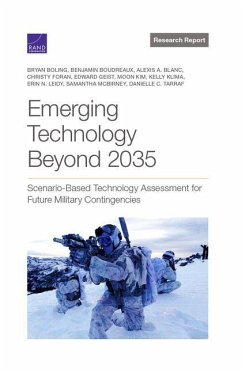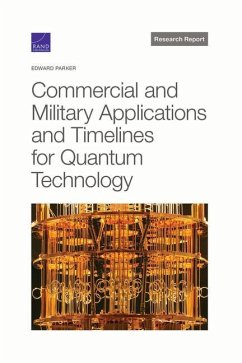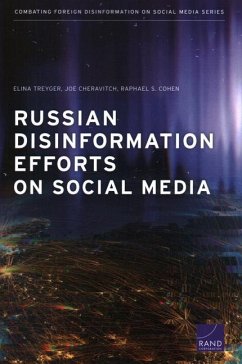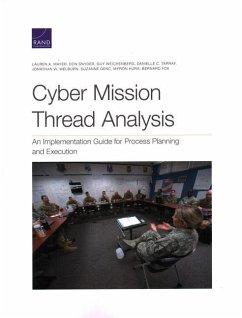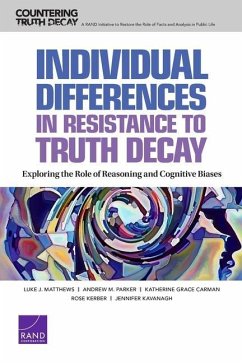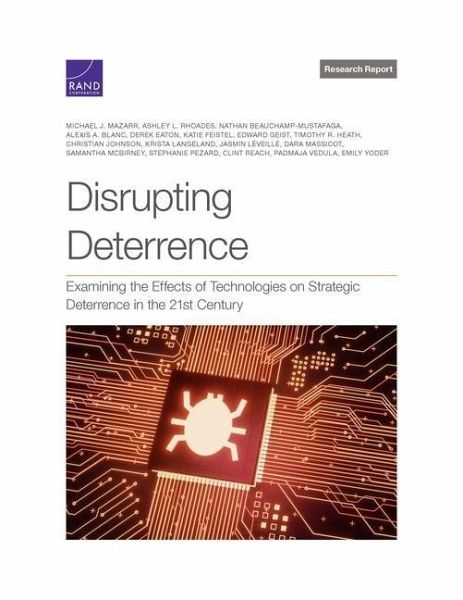
Disrupting Deterrence
Examining the Effects of Technologies on Strategic Deterrence in the 21st Century
Versandkostenfrei!
Versandfertig in über 4 Wochen
26,99 €
inkl. MwSt.

PAYBACK Punkte
13 °P sammeln!
The authors examined potential implications of emerging technologies for deterrence in the context of U.S. national security policy. They identified long-term effects on two major aspects of the deterrence dynamic?effectiveness and stability







